Top Things to Know Before Buying Garden Interiors: A Guide to Making the Right Choice
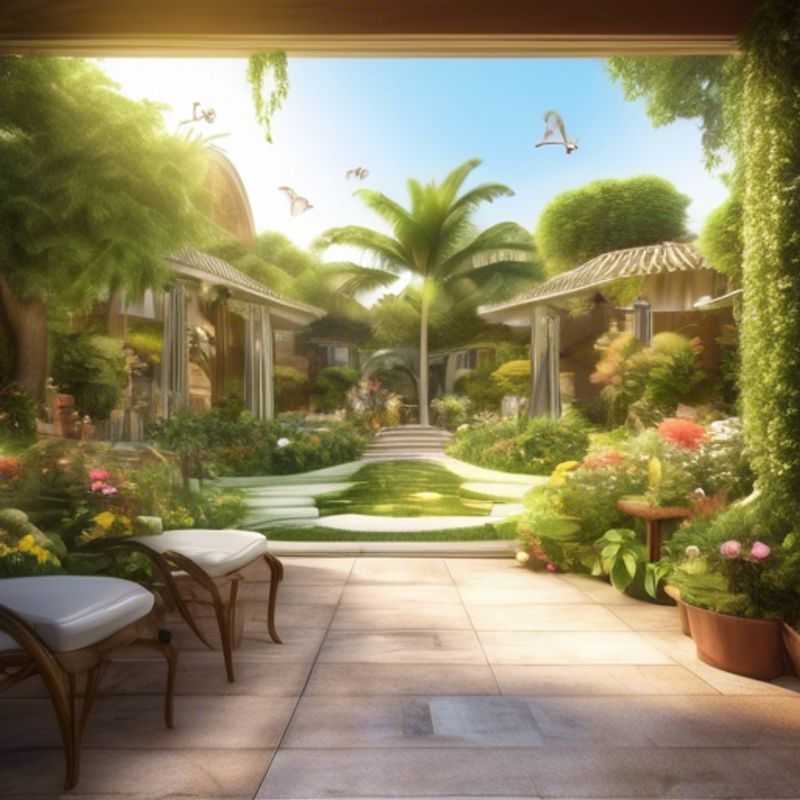
Top Things to Know Before Buying Garden Interiors: Measure, Research, Consider Aesthetics, Prioritize Functionality, Investigate Maintenance, Seek Versatility, and Explore Sustainable Options
Planning to spruce up your outdoor space with some stunning garden interiors? Before you jump into the exciting world of shopping, let's take a moment to think about a few crucial factors that will make your investment truly rewarding.
First things first, measure the available space in your garden. This will help you determine the appropriate size and scale of the interiors. Do you envision a cozy nook or a grand dining area?
Next, research different materials and their suitability for outdoor use. Look for weather-resistant fabrics and durable finishes that can withstand the elements. Think about the climate in your area and how the furniture will be exposed to sun, rain, or even snow.
Don't forget to consider the overall aesthetic. How will the garden interiors complement the existing landscape and architecture? Do you want a modern and sleek look or a rustic and charming vibe? Choosing pieces that align with your style will ensure a harmonious and pleasing outcome.
Functionality is key! Prioritize pieces that offer practical features like storage, seating, or shade. This will ensure your garden interiors are both beautiful and useful.
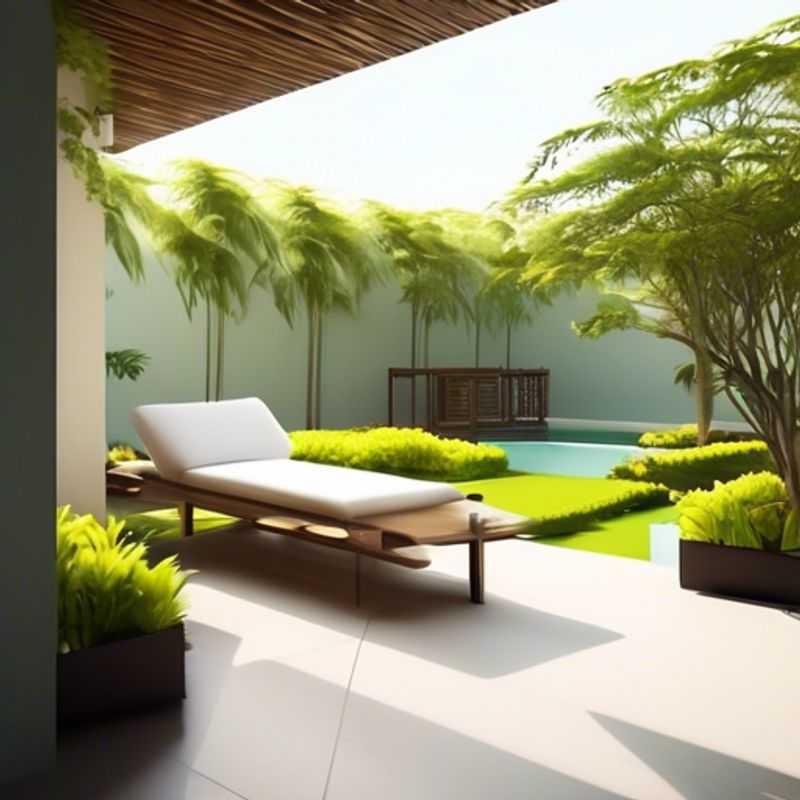
Measure Your Garden: Planning for the Perfect Interior Size
Measuring the available space in your garden is crucial for determining the appropriate size and scale of any interior elements you plan to incorporate. Start by using a tape measure to accurately gauge the length and width of your garden area. It’s important to consider both usable space and any existing features like trees, paths, or structures that might impact your design.
Once you have your measurements, create a simple sketch of the garden layout. This visual representation will help you visualize how different elements can fit together harmoniously. Remember, the size and scale of furniture or decorations should be proportionate to the overall garden space to avoid a cluttered appearance.
When planning your garden interiors, it’s wise to account for any potential costs associated with landscaping or design services. Activities such as hiring a landscape designer, purchasing materials, or even renting equipment can add up. Be prepared for these paid activities to ensure your project stays within budget.
Finally, consider factors like sunlight exposure and wind direction, which can influence the placement of plants and structures. By carefully measuring and planning, you can create a beautiful garden space that enhances your home’s interiors.
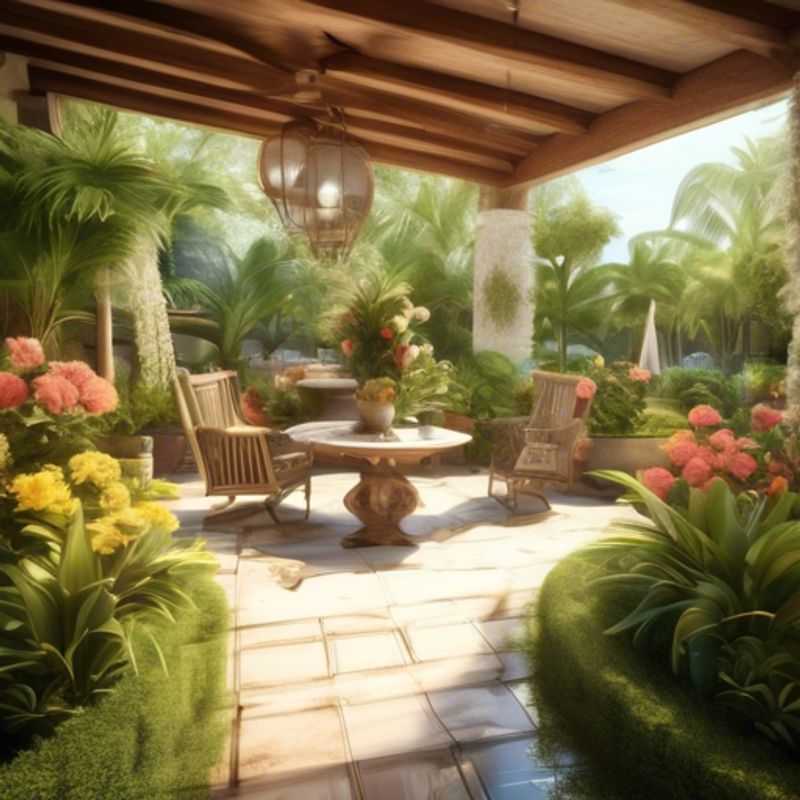
Choosing the Right Materials for Outdoor Projects: Weatherproof Fabrics and Durable Finishes
When choosing materials for outdoor use, consider their resistance to weather elements and durability. Fabrics, for example, should be weather-resistant, meaning they can withstand rain, wind, and UV rays. Look for fabrics like polyester, nylon, or canvas, which are often treated with water-repellent coatings. Durability is crucial for outdoor furniture or structures. Hardwoods like teak and cedar are naturally resistant to decay and insects, making them ideal choices. Metal materials like aluminum and stainless steel are also durable and require minimal maintenance.
Remember, choosing the right material depends on the specific application and desired performance. Researching material properties and considering factors like cost, availability, and maintenance needs will help you make informed decisions.
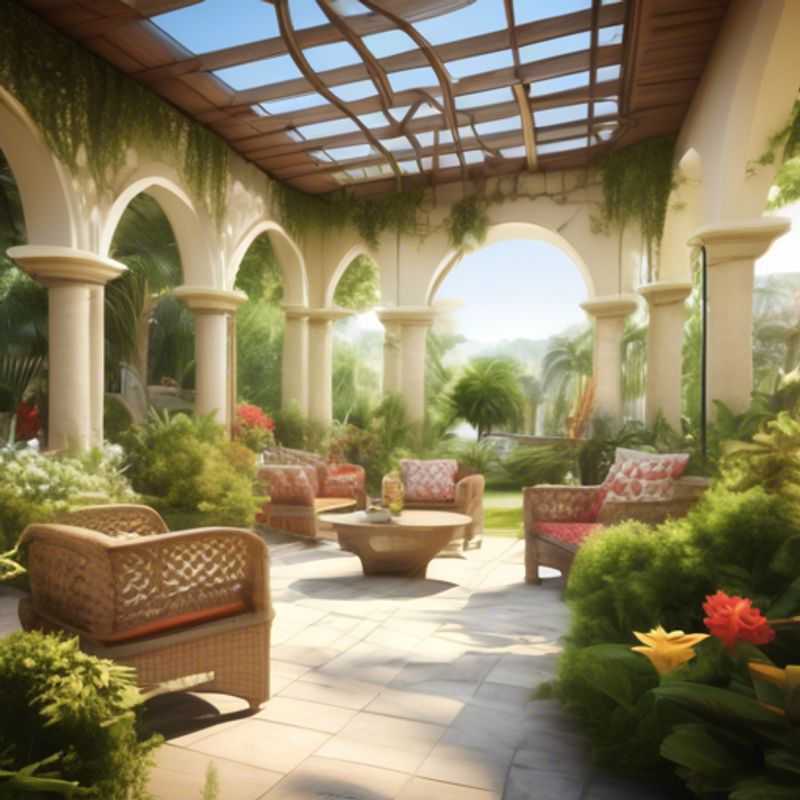
Blending Beauty: Matching Garden Interiors to Landscape and Architecture
When planning a garden, it is essential to consider the overall aesthetic to ensure that the garden interiors harmonize with the existing landscape and architecture. This involves analyzing the styles, colors, and materials used in both the garden and the surrounding structures. Key elements to focus on include the choice of plants, pathways, and decorative features, which should complement the architectural style of the home or building.
Incorporating native plants can enhance the aesthetic while promoting sustainability. Additionally, using materials that reflect the architectural elements, such as stone or wood, can create a cohesive look. Pay attention to scale and proportion to ensure that garden features do not overwhelm or underwhelm the surrounding environment.
When estimating a plan, consider potential paid activities such as hiring landscape architects, purchasing high-quality materials, and installing irrigation systems. These investments can significantly impact the overall success and longevity of the garden. Professional landscaping services may also be necessary for larger projects, contributing to the overall budget.
Ultimately, a well-planned garden that complements existing architecture creates a beautiful and functional outdoor space, enhancing both the property’s value and enjoyment.
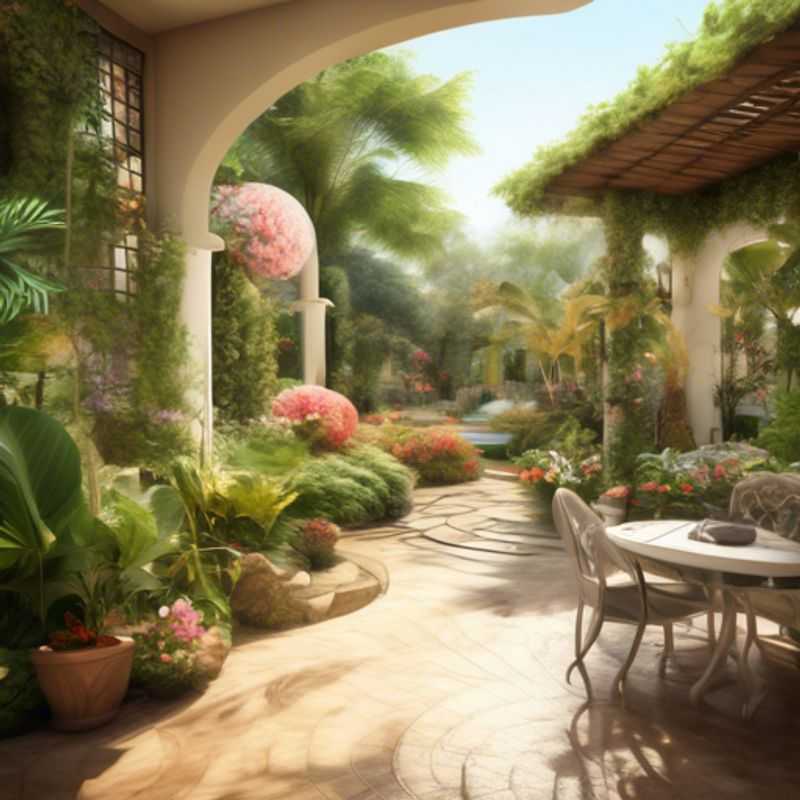
Prioritize Functionality: Choosing Furniture That Works
When designing your outdoor space, prioritizing functionality is key. Choose pieces that offer practical features like storage, seating, or shade. This will make your space more usable and enjoyable, whether you're hosting a gathering or simply relaxing after a long day.
Storage can be incorporated into your design with benches that have built-in compartments, ottomans with hidden storage, or even planters that double as storage containers. Look for furniture with versatile seating options like chairs that can be stacked or converted into beds. Don't forget about shade! Umbrellas, pergolas, and awnings are excellent ways to create a comfortable and inviting space.
Remember, consider your lifestyle and needs when selecting outdoor furniture. By focusing on functionality, you'll create a space that's both beautiful and practical, and that you'll enjoy for years to come.
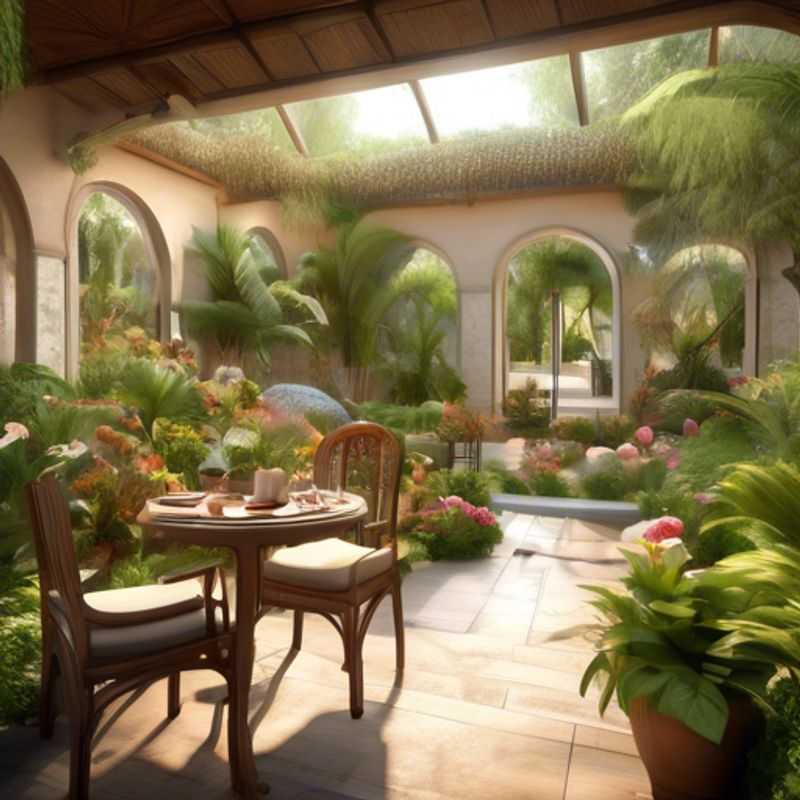
Garden Interior Maintenance: Aligning Upkeep with Your Lifestyle
Before diving into the lush world of garden interiors, it's crucial to consider the maintenance demands that come with it. It's like owning a pet; you need to know its needs! Understanding your maintenance preferences is key, and that includes budgeting for the time, effort, and resources you're willing to invest.
Think about these factors when assessing maintenance needs:
Watering: How often will you need to water your plants? Do you have an automated system or will you rely on manual watering?
Pruning: Some plants require regular pruning to maintain their shape and health. How comfortable are you with this task? Consider hiring a professional for this if needed.
Fertilizing: Plants need nutrients to thrive. How often will you need to fertilize your garden?
Pest and disease control: Even the best-maintained gardens can fall prey to pests and diseases. Be prepared to deal with these issues promptly, and consider implementing preventative measures like attracting beneficial insects or using organic pest control methods.
Seasonal maintenance: Gardens require different care depending on the season. You'll need to prepare for winterization, spring clean-up, and ongoing care throughout the year.
Once you have a good understanding of your maintenance preferences and the demands of your chosen plants, you can start to plan your garden interior. Don't be afraid to ask for help! Many resources and professionals are available to help you create a beautiful and manageable garden.
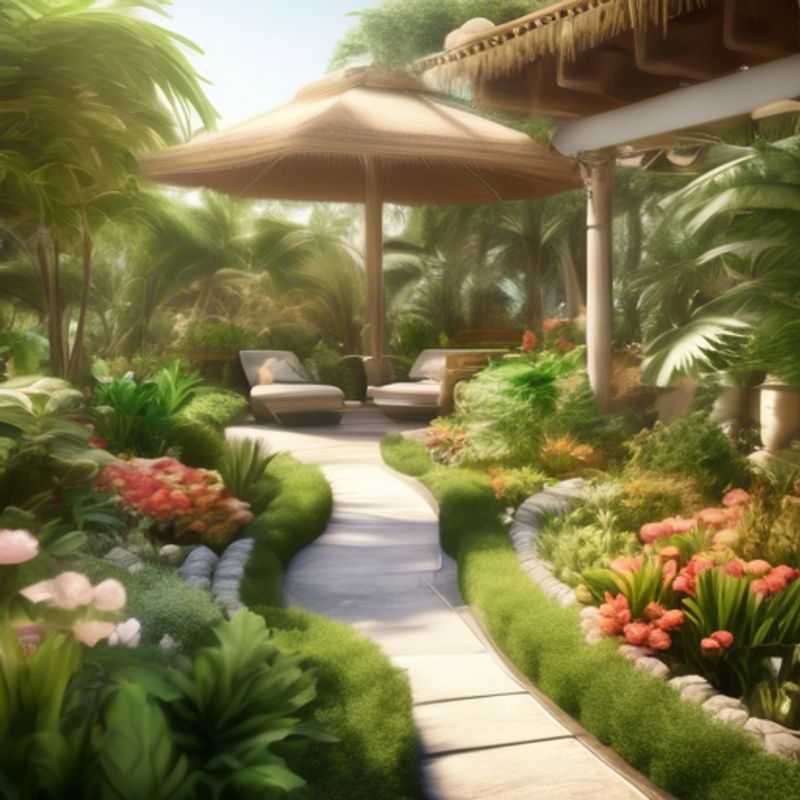
Designing for Flexibility: Modular and Adaptable Workspaces
Looking for workflow products? Versatility and modularity are key! Think of designs that can be rearranged or adapted to fit your needs. This is important because your workflow might change over time, so you need a product that can change with you.
Think of it like Lego. You want a product that you can easily customize and build upon. You shouldn't have to start from scratch every time you need to change something. Modular designs allow you to add or remove elements quickly and easily, making your workflow more efficient.
Don't just focus on what you need today. Think about what you might need in the future. Can the workflow product grow with your team? Can you add new features or integrate it with other tools? These are important considerations for any long-term investment.
When looking at pricing, make sure to factor in potential customization costs. Some products might offer basic functionality at a low price, but charge extra for add-ons and features. Others might have a higher upfront cost, but offer more flexibility and customization options.
Ultimately, the best workflow product is the one that fits your specific needs. By focusing on versatility and modularity, you can find a product that will work for you now and in the future.
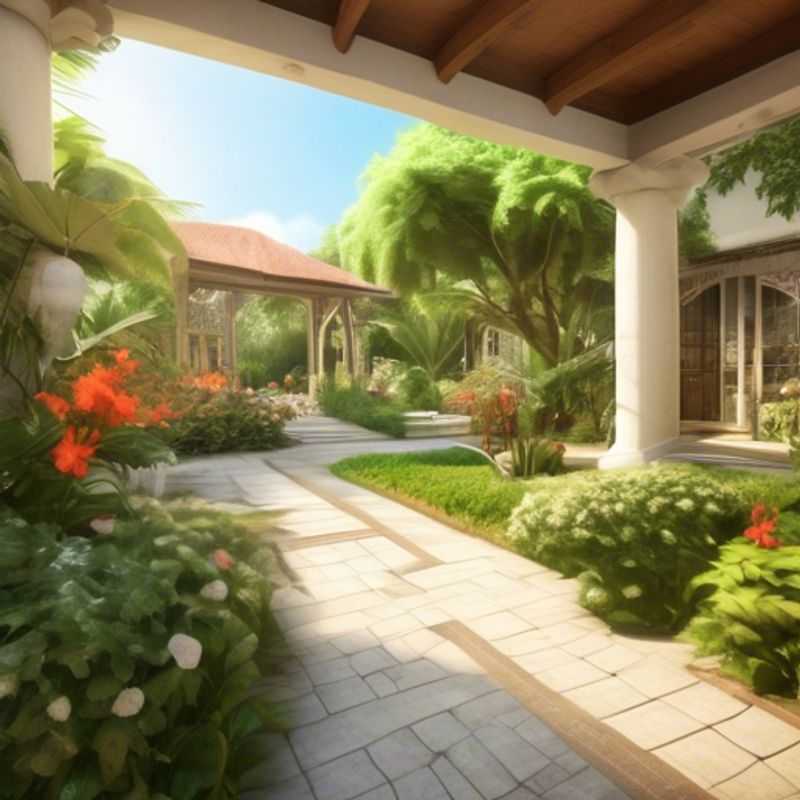
Green Your Garden: Eco-Friendly Design for a Sustainable Interior
Creating a sustainable garden interior can be a rewarding journey that minimizes your environmental impact while enhancing your living space. Here are some key factors to consider:
Material Choice: Opt for materials that are eco-friendly and locally sourced. Bamboo, reclaimed wood, and recycled materials are excellent choices. Consider using natural stone or sustainable alternatives to traditional concrete.
Energy Efficiency: Implement energy-saving practices in your garden design. Use solar-powered lighting, install smart irrigation systems, and consider using passive heating and cooling techniques to reduce your energy consumption.
Water Conservation: Implement efficient water usage practices. Install rainwater harvesting systems to collect and reuse rainwater. Employ drought-tolerant plant varieties and consider using greywater for non-potable uses.
Waste Reduction: Minimize waste generation by composting organic waste and utilizing it as fertilizer. Choose biodegradable materials whenever possible. Support local businesses and farmers to reduce transportation emissions.
Lighting Design: Utilize energy-efficient lighting options. Consider using LED lights, which consume less energy and have a longer lifespan. Choose warm-toned lighting for a relaxing and inviting ambiance.
Remember, a sustainable garden interior goes beyond just aesthetics. It's about creating a harmonious balance between nature and your living space. By incorporating these practices, you can reduce your ecological footprint and enjoy a healthier, more sustainable environment.
